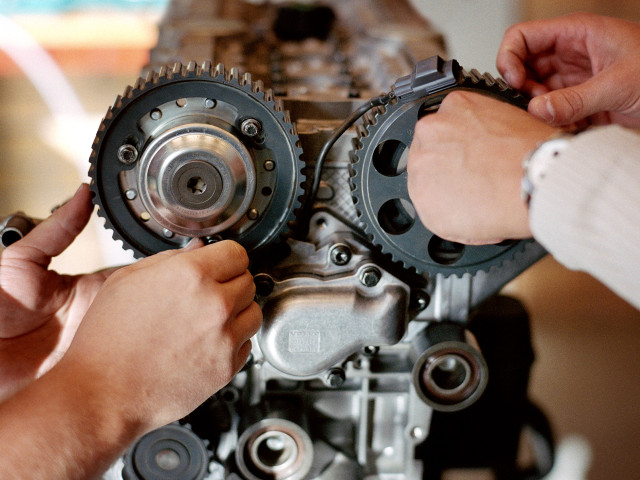- Theory for elastic waves in fluids and solids
- Human response to sound and vibration
- Fourier methods, linear systems and frequency response functions
- Vibration isolation
- Vibrations in beams and plates
- Spherical and cylindrical sound waves
- Energy methods and room acoustics
- Flow Acoustics
- Sound in ducts and mufflers
- Measurement methods
Two measurement exercises are included in the course.
